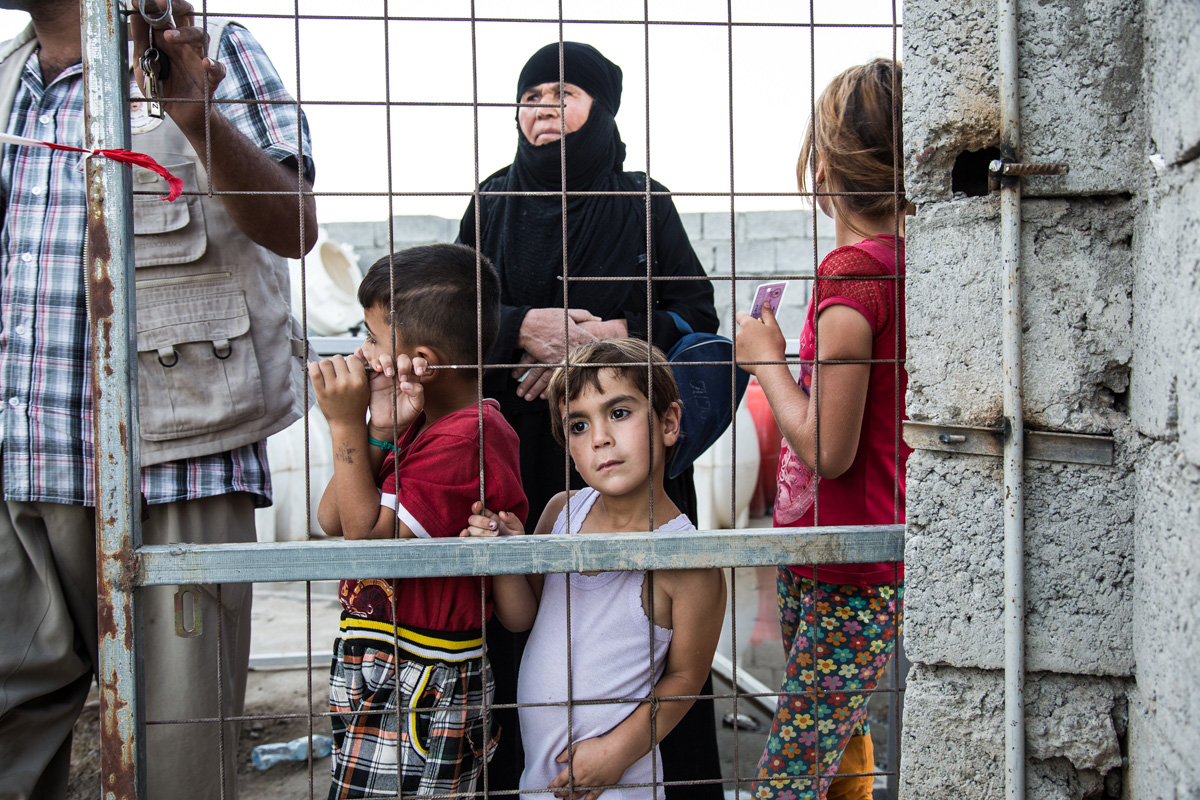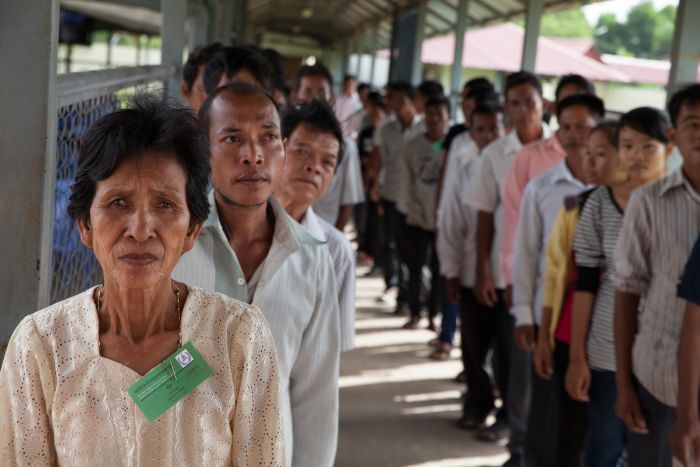Blog Home > central african republic
-
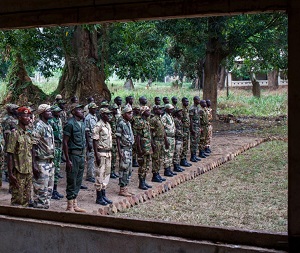
Civilian Risks Intensify in CAR Amid Electoral Crisis and Aftermath
August 20, 2021
A recent electoral crisis in the Central African Republic drew renewed attention to mass atrocity risks civilian populations have faced since late 2012. In the wake of the December 2020 election, opposition groups disputed the election results and armed rebels mounted coordinated attacks against civilians that continue today. The country now faces what one top United Nations official calls an “unprecedented humanitarian crisis.”
-
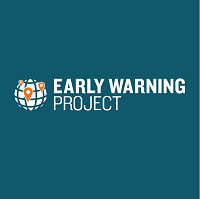
State of the World: Mass Killing in 2020
June 17, 2021
The Early Warning Project uses patterns from past instances of mass killing to forecast when and where new mass killing episodes are most likely to happen in the future. Each year we update our list of countries experiencing state- and nonstate-led mass killing. The following report compiles our determinations for ongoing mass killings in 2020.
-
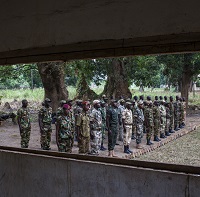
Central African Republic Again at Risk for Mass Atrocities
October 16, 2017
In recent months, international officials and humanitarian groups have begun to sound the alarm about resurgent violence and the risk of further mass atrocities in the Central African Republic.
-
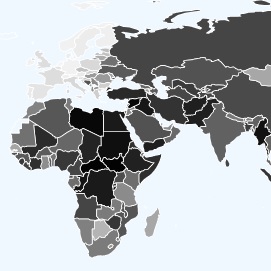
Survey: Central African Republic Tops List of Countries Most Likely to See State-led Mass Killing
March 8, 2017
Central African Republic is most likely to see an onset of state-led mass killing in 2017, according to the Early Warning Project’s most recent public wiki survey.
-
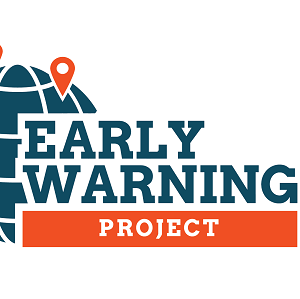
Do U.N. Peacekeepers Stop Atrocities?
June 3, 2014
The ongoing mass atrocities in South Sudan have been particularly stunning because they have taken place in the presence United Nations peacekeeping forces. Shouldn’t U.N. peacekeepers have prevented these attacks on civilians? More broadly as we consider our annual statistical risk assessments for state-led mass killing, does the presence of U.N. peacekeeping operations reduce the risk of a mass killing episode?
-

States Aren’t the Only Mass Killers
March 7, 2014
We tend to think of mass killing as something that states do, but states do not have a monopoly on this use of force. Many groups employ violence in an attempt to further their political and economic agendas; civilians often suffer the consequences of that violence, and sometimes that suffering reaches breathtaking scale.
-

Why More Mass Killings in 2013, and What It Portends for This Year
January 13, 2014
In a recent post, I noted that 2013 had distinguished itself in a dismal way, by producing more new episodes of mass killing than any other year since the early 1990s. Now let’s talk about why. Each of these mass killings surely involves some unique and specific local processes, and people who study in depth the societies where mass killings are occurring can say much better than I what those are. As someone who believes local politics is always embedded in a global system, however, I don’t think we can fully understand these situations by considering only those idiosyncratic features, either. Sometimes we see “clusters” where they aren’t, but evidence that we live in a global system leads me to think that isn’t what’s happening here.
-
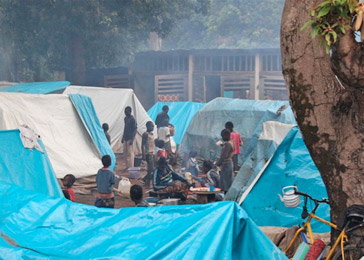
Central African Republic: The Path to Mass Atrocities
January 13, 2014
This review tracks the major events over the past ten years in the lead-up to the current crisis, and examines the response of the international community.
-
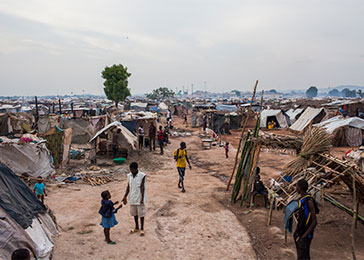
Why the Central African Republic Crisis Is a Security Problem for the US
January 3, 2014
In an article for Defense One, Madeleine K. Albright, former Secretary of State and co-chair of the Museum–co-sponsored Working Group on the Responsibility to Protect, discusses the steps taken by the Obama administration to address the situation in the Central African Republic, outlines why atrocities perpetrated in the heart of Africa are important to the strategic interests and moral values of the United States, and why the “responsibility to protect” is applicable here.

